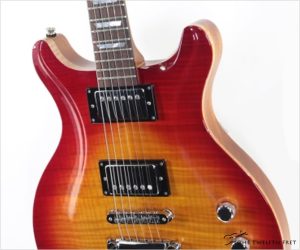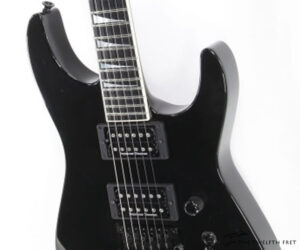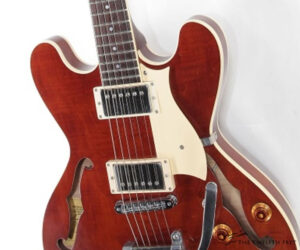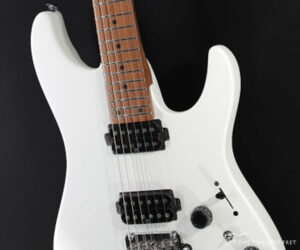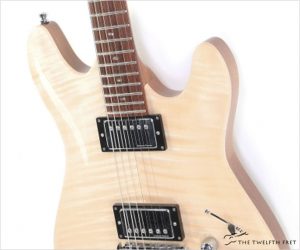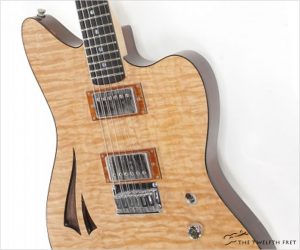Here we have a Gadow Custom DC Set Neck model with a carved Maple top on Mahogany wearing a Sunburst finish, built during 2007 in Durham, North Carolina. This guitar uses familiar and proven formulas, combining a Mahogany back and neck with a carved Maple top. The Double-Cut body shape was originally used by Gibson for Les Paul Junior models in 1958 and the Les Paul Special for 1959, updating the previous single-cutaway, slab-bodied and poorly-selling models.
This instrument has sold
MORE →